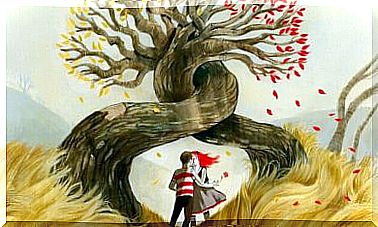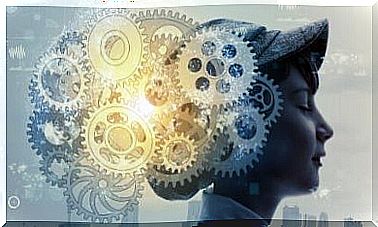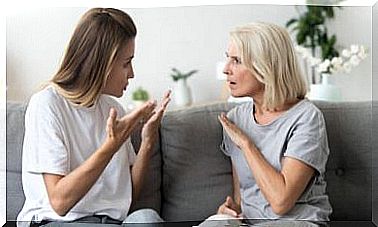Wall Color And Emotional Health
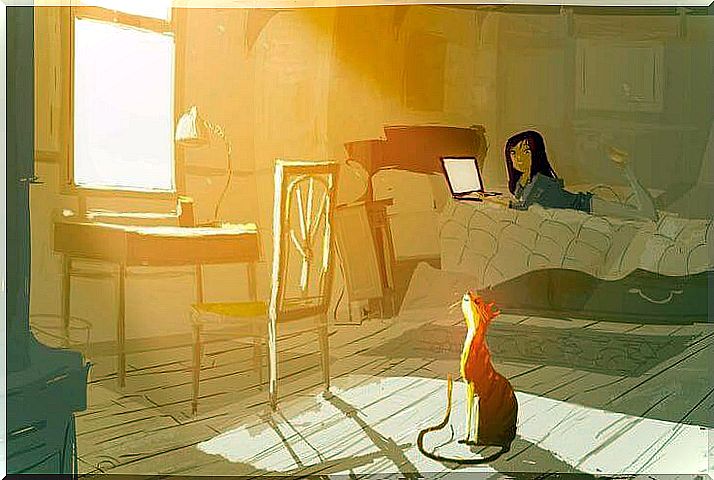
The walls are a building element, but they also have a symbolic value in our lives. The walls represent an obstacle in space and metaphorically remind us that everywhere there is a “so far”, a limit. In this article we will pay attention to the color of the walls and its influence on emotional health.
If you think about it, you realize that almost all human beings spend a good part of our lives looking at walls around us. At home, in the office, in a hotel and in whatever building we are in.
The physical environment undoubtedly affects the way thinking works and the way emotions are organized. Although it may not seem like it, the walls also speak to us.
The color

Color perception is largely subjective. As such, the colors do not exist. They are formed in the brain from the decoding of the signals emitted by light on objects. But in addition to this, under certain emotional states colors can be perceived in a different way.
Some forms of depression lead to a person seeing a kind of dark halo around everything they see. Other conditions, such as schizophrenia, cause the color of objects to appear flickering, incandescent, or distorted.
Similarly, color generates sensations and induces certain emotional states. It has been proven that color also has effects on health, activating or inhibiting biochemical and hormonal processes. So the color of the walls can have certain effects on people and their emotional health.
The color of the walls and its effects
The color of the walls is a factor that can help to stimulate or stabilize our emotions. Ideally, you should be able to change the color of the walls relatively frequently. But since this is almost impossible, what can be done is not to use a homogeneous color.
The alternative of being influenced by several colors at the same time is pleasant and can have a very positive influence on the mood. Murals are also an interesting alternative, especially if they depict natural scenes such as green fields or the sea.
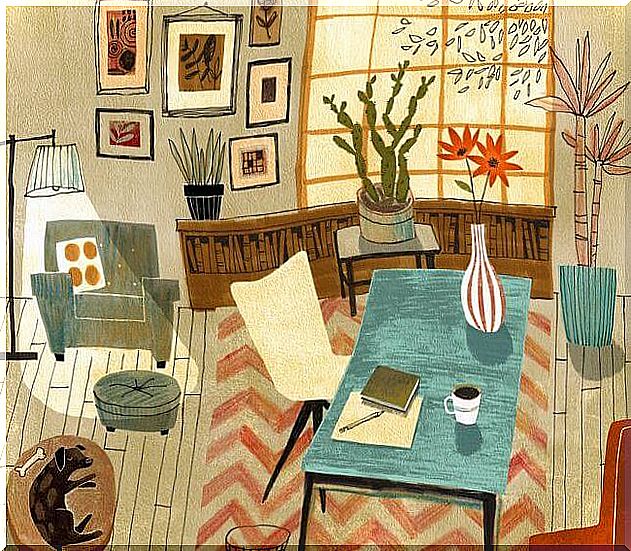
Effects on emotions
Each color affects emotions differently. While some stimulate you, others quiet you. Let’s see the mood effects of the main colors:
- White. It is a neutral color that brings light and a feeling of spaciousness in a room. The mood effect of white is one of tranquility and freshness. It facilitates concentration and allows the walls to go more unnoticed. It is indicated for those who are in a state of high emotional disturbance.
- Green. It is a calming color that is widely used in hospitals, precisely for these effects. Green favors the expression of feelings of confidence and well-being. Recommended to reduce anxiety and reduce activity, when it is excessive. In small spaces a very soft green should be used.
- Blue. This color conveys a sense of peace and harmony. The blue color helps to harmonize relationships in spaces where there is a lot of conflict. It should be used sparingly, since in excess it leads to apathy and loss of appetite. It is advisable to go for lead blue or pale turquoise.
- Yellow. It is an energetic color that helps to overcome fears, fight depression and increase security. Yellow is particularly recommended for those who are mourning or suffering from bouts of melancholy. Yellow disposes towards action and encourages optimism. All shades are suitable.
- Red. On the walls, red should be used with great caution. Any excess in this color generates restlessness and stimulates the appearance of aggressive feelings. Red is stressful, so it is best to include it only in small decorative elements or on corridor walls or places where it does not stay for long.
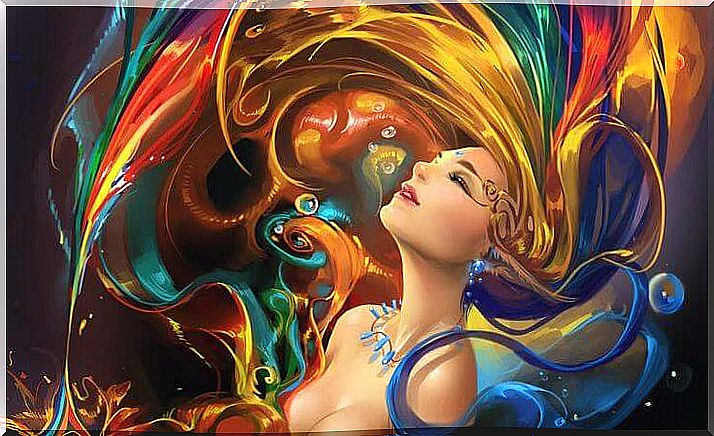
Images courtesy of Pascal Campion and Art Exchange
